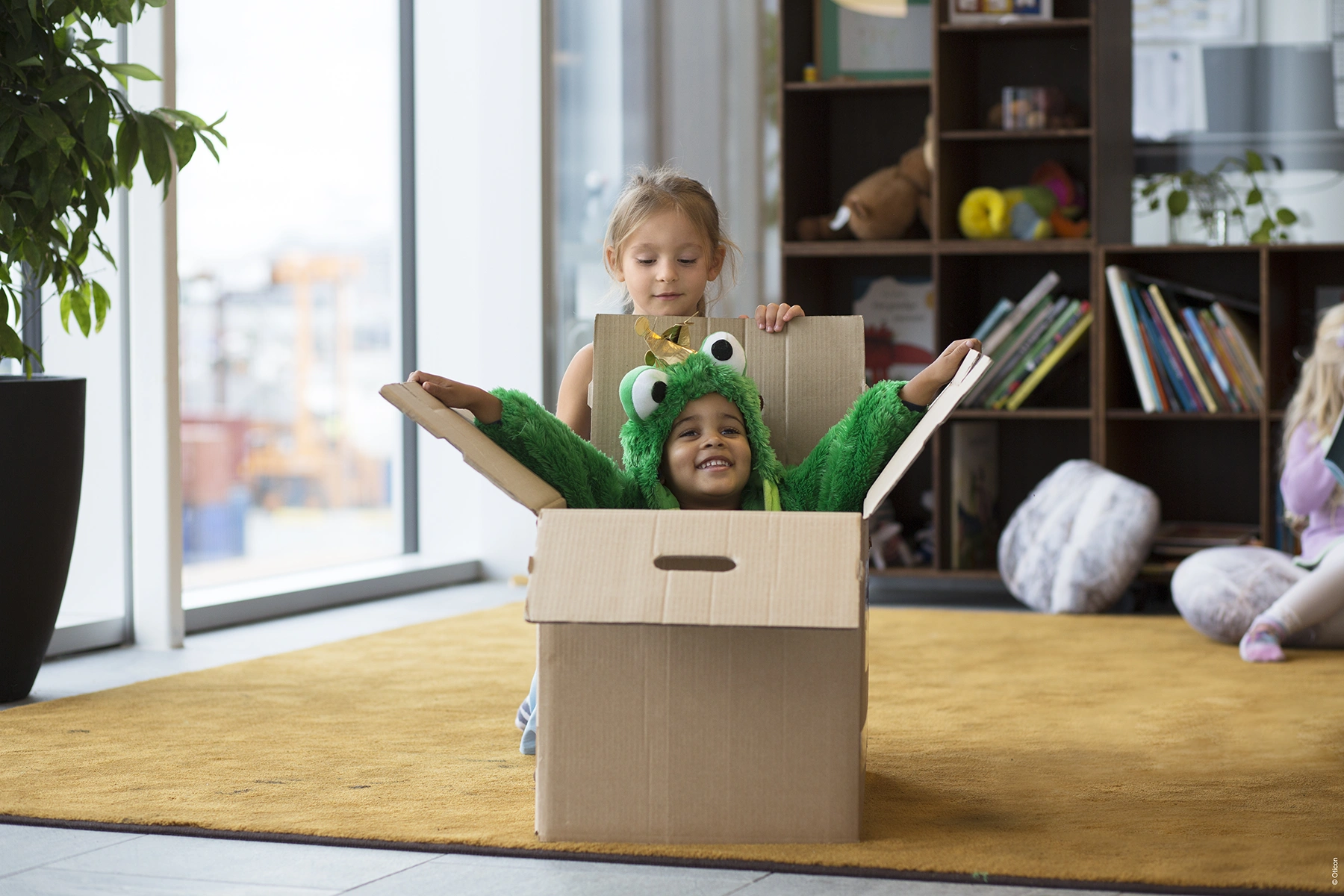What happens during paediatric hearing assessment?
During your child’s hearing assessment your friendly specialist paediatric audiologist will make sure that they accurately determine your child’s hearing levels and will provide you with the answers you are looking for. Throughout the appointment your child will be thoroughly included in the conversation and will be encouraged to ask any questions that they have to make sure that they feel happy and comfortable.
One of the most important parts of the hearing assessment appointment is the hearing test. During this your child will hear a number of beeps and whistles at different pitches and volumes, and will be taught to respond to these noises either by pressing a button or playing a game.
The results of this assessment produce a graphical representation of the quietest sounds that your child can hear at different pitches, as well as giving an indication as to which part of your hearing pathway is responsible for any hearing loss detected.
Once all of the clinical testing has been completed you and your child will have a chance to ask your audiologist any questions that you may have – although you are of course welcome to ask them at any time during the appointment!
Your clinician will also speak to you about their recommendations for looking after your child’s hearing in the future, which may include regular monitoring of your hearing, some adaptations to your communication methods (listening tactics), or hearing aids. Your audiologist will of course never pressure you to make any decisions in a hurry, or to purchase any hearing aids before you are ready, and any future plan will be a joint decision with your family’s desires taking the highest importance.

One of the most important parts of the hearing assessment appointment is the hearing test. During this your child will hear a number of beeps and whistles at different pitches and volumes, and will be taught to respond to these noises either by pressing a button or playing a game.
The results of this assessment produce a graphical representation of the quietest sounds that your child can hear at different pitches, as well as giving an indication as to which part of your hearing pathway is responsible for any hearing loss detected.
Once all of the clinical testing has been completed you and your child will have a chance to ask your audiologist any questions that you may have – although you are of course welcome to ask them at any time during the appointment!
Your clinician will also speak to you about their recommendations for looking after your child’s hearing in the future, which may include regular monitoring of your hearing, some adaptations to your communication methods (listening tactics), or hearing aids. Your audiologist will of course never pressure you to make any decisions in a hurry, or to purchase any hearing aids before you are ready, and any future plan will be a joint decision with your family’s desires taking the highest importance.
Our Prices
Paediatric Hearing Assessment
-
This includes a thorough assessment of your child’s hearing as well as the health of your child’s ears.
-
After your appointment you will receive a detailed report of the results.